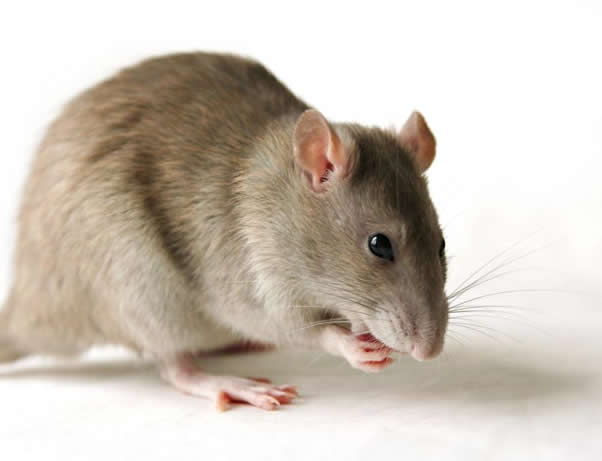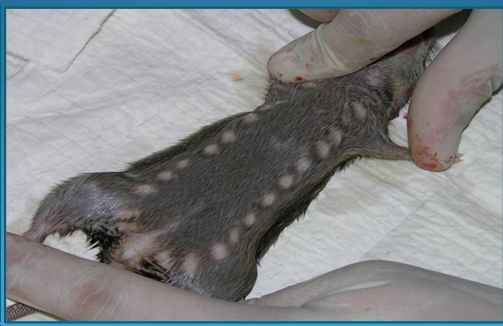LASSA FEVER: How To Protect Your Loved Ones From Contracting The Disease

According to WHO, Lassa fever is an acute viral haemorrhagic illness caused by Lassa virus, a member of the arenavirus family of viruses.
Humans usually become infected with Lassa virus from exposure to urine or faeces of infected Mastomys rats. Lassa virus may also be spread between humans through direct contact with the blood, urine, faeces, or other bodily secretions of a person infected with Lassa fever. There is no epidemiological evidence supporting airborne spread between humans.
It is transmitted to humans from contacts with food or household items contaminated with rodent excreta. The disease is endemic in the rodent population in parts of West Africa. Person-to-person infections and laboratory transmission can also occur, particularly in the hospital environment in the absence of adequate infection control measures. Diagnosis and prompt treatment are essential.

Signs and symptoms of Lassa Fever
This typically occur 1-3 weeks after the patient comes into contact with the virus. For the majority of Lassa fever virus infections (approximately 80%), symptoms are mild and are undiagnosed.
Mild symptoms include: slight fever, general malaise and weakness, and headache.
Severe symptoms include: hemorrhaging (in gums, eyes, or nose, as examples), respiratory distress, repeated vomiting, facial swelling, pain in the chest, back, and abdomen, and shock. Neurological problems have also been described, including hearing loss, tremors, and encephalitis. Death may occur within two weeks after symptom onset due to multi-organ failure.
Prevention
1. Primary transmission of the Lassa virus from its host to humans can be prevented by avoiding contact with Mastomys rodents, especially in the geographic regions where outbreaks occur.
2. Putting food away in rodent-proof containers and keeping the home clean help to discourage rodents from entering homes.
3. Do not eat these rodents as food.
4. Setting traps in and around homes can help reduce rodent populations.
5. Educating people who live in high-risk areas, so be sure to share this.
6. Practise good personal hygiene. Wash hands with soap and water and use sanitisers.
7. Family members should always be careful to avoid contact with blood and body fluids while caring for sick persons.
8. Disposing of garbage far from the home as this attracts rats.
9. Maintaining a very clean household.
10. Avoiding contact with an infected person.



Thanks MIM for sharing.
Noted
Tnkx MIM for sharing
Noted
Thanks for this info. Very helpful.
Tnx 4 sharing Dis gr8t information
Thanks for sharing
Well noted! Lassa and Ebola are similar in nature, God protect us
Fully noted. It is well
Thanks admim.
ok
Noted..thanks for sharing
Thanks for sharing MIM.
Thanks MIM, the authority in charge of garbage disposal should also make sure they clear them promptly to avoid spillage.
Noted
Thanks for sharing anyway I think this Lasser fever is another disease engineer by the western world to curb/destroy african population,lst was Ebola carrier were monkeys,baboon now lasser fever carrier Rat(wonderful),wonder why they haven’t recorded any report over there
God have mercy, thanks for sharing
Thanks
noted
Noted
God pls protect my daughter